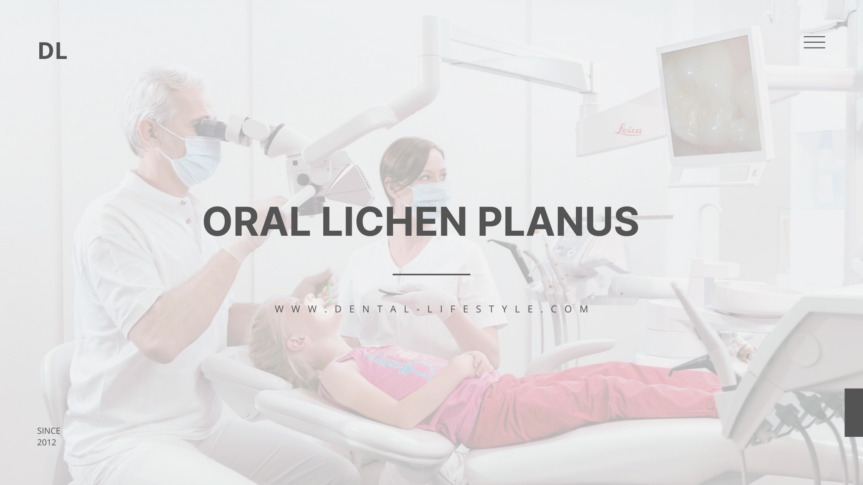Oral lichen planus is an ongoing (chronic) inflammatory condition that affects mucous membranes inside your mouth. Oral lichen planus may appear as white, lacy patches, red, swollen tissues, or open sores. These lesions may cause burning, pain or other discomfort.
Oral lichen planus can’t be passed from one person to another. The disorder occurs when the immune system mounts an attack against cells of the oral mucous membranes for unknown reasons (autoimmune disorder).
Symptoms can usually be managed, but people who have oral lichen planus need regular monitoring because they may be at risk of developing mouth cancer in the affected areas.
SYMPTOMS
The lesions may appear as:
- Lacy, white, raised patches of tissues
- Red, swollen, tender patches of tissues
- Open sores
These lesions may appear on the:
- Inside of the cheeks, the most common location
- Gums
- Tongue
- Inner tissues of the lips
- Palate
The red, inflamed lesions and open sores of oral lichen planus can cause a burning sensation or pain. The white, lacy patches may not cause discomfort when they appear on the inside of the cheeks but may be painful when they involve the tongue.
CAUSES
The cause of oral lichen planus is unknown. T lymphocytes — certain white blood cells involved in inflammation — are normally active at the site of disease or injury and cause the lesions. Doctors and researchers don’t know what prompts T lymphocytes to be activated in oral lichen planus. However, in some people, certain factors, such as those below, may trigger an inflammatory disorder.
- Hepatitis C infection and other types of liver disease
- Hepatitis B vaccine
- Allergy-causing agents (allergens), such as foods, dental materials, or other substances
- Nonsteroidal anti-inflammatory drugs
- Certain medications for heart disease, high blood pressure, or arthritis
DIAGNOSIS
Your doctor makes a diagnosis of oral lichen planus based on your symptoms, a careful examination of the abnormalities in your mouth, and, if necessary, the results of lab tests. These tests may include biopsy, culture, blood tests, and allergy tests.
TREATMENT
Oral lichen planus is a chronic condition, so the treatment goals focus on helping severe lesions heal and reducing pain or other discomfort. Your doctor will monitor your condition to increase or decrease dosages, change medications, or stop treatment as necessary.
If you have no pain or discomfort and if only white, lacy lesions are present, you may not need any treatment. For more severe symptoms, you may need one or more of the options below.
Corticosteroids.
They may reduce inflammation related to oral lichen planus. Side effects vary, depending on whether corticosteroids are used as a mouthwash, ointment or gel applied directly to the mucous membrane (topical), given as an injection directly into the lesion, or taken as a pill (oral). Topical is the preferred method for corticosteroid use with oral lichen planus. Talk with your doctor to weigh the potential benefits against possible side effects.
Retinoids.
They are synthetic versions of vitamin A that can be applied as a topical ointment or taken orally, but they’re not commonly used to treat oral lichen planus. Topical treatment may irritate the mucous membranes of your mouth.
Stress.
Because stress may complicate symptoms or trigger symptom recurrence, you may need to develop skills to avoid or manage stress. Your doctor may refer you to a mental health specialist who can help you identify stressors, develop stress management strategies, or address other mental health concerns.
Proper oral hygiene.
Correct use of mouthwash with cyclosporin.
Athina Tsiorva


